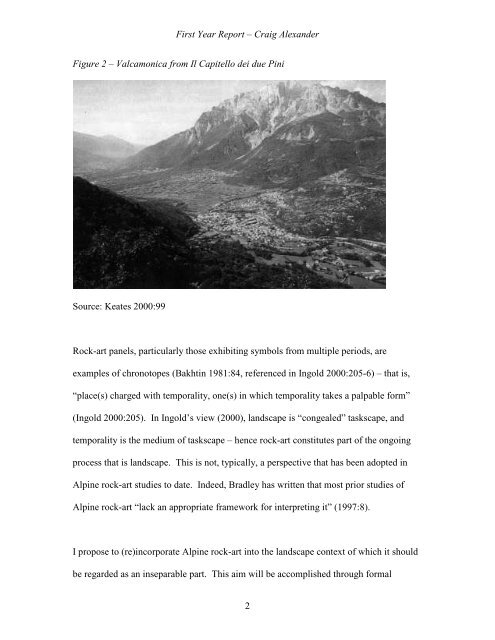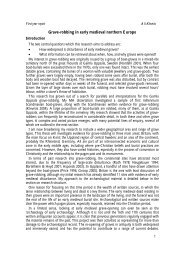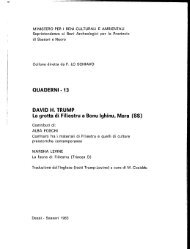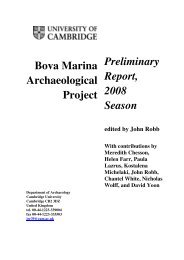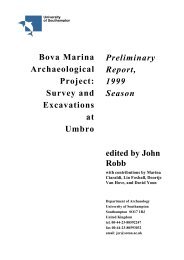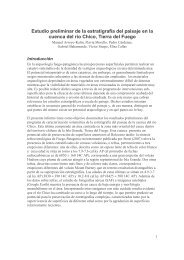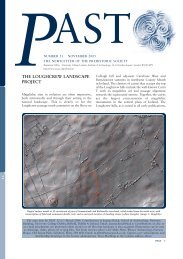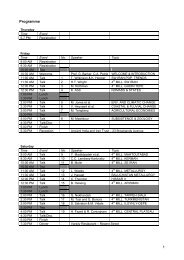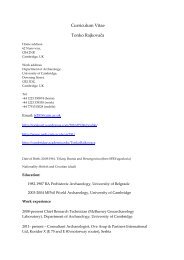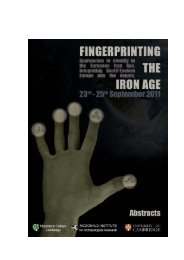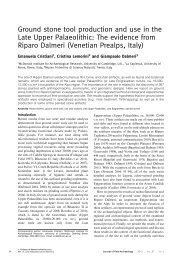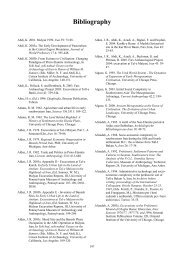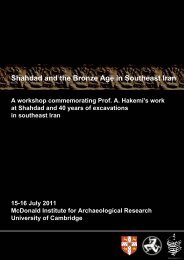The Landscape Context of Valcamonica/Valtellina Alpine Rock-Art
The Landscape Context of Valcamonica/Valtellina Alpine Rock-Art
The Landscape Context of Valcamonica/Valtellina Alpine Rock-Art
You also want an ePaper? Increase the reach of your titles
YUMPU automatically turns print PDFs into web optimized ePapers that Google loves.
First Year Report – Craig Alexander<br />
Figure 2 – <strong>Valcamonica</strong> from Il Capitello dei due Pini<br />
Source: Keates 2000:99<br />
<strong>Rock</strong>-art panels, particularly those exhibiting symbols from multiple periods, are<br />
examples <strong>of</strong> chronotopes (Bakhtin 1981:84, referenced in Ingold 2000:205-6) – that is,<br />
“place(s) charged with temporality, one(s) in which temporality takes a palpable form”<br />
(Ingold 2000:205). In Ingold’s view (2000), landscape is “congealed” taskscape, and<br />
temporality is the medium <strong>of</strong> taskscape – hence rock-art constitutes part <strong>of</strong> the ongoing<br />
process that is landscape. This is not, typically, a perspective that has been adopted in<br />
<strong>Alpine</strong> rock-art studies to date. Indeed, Bradley has written that most prior studies <strong>of</strong><br />
<strong>Alpine</strong> rock-art “lack an appropriate framework for interpreting it” (1997:8).<br />
I propose to (re)incorporate <strong>Alpine</strong> rock-art into the landscape context <strong>of</strong> which it should<br />
be regarded as an inseparable part. This aim will be accomplished through formal<br />
2


